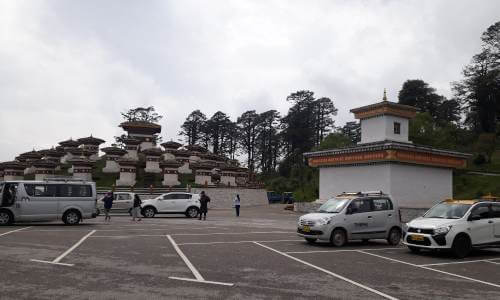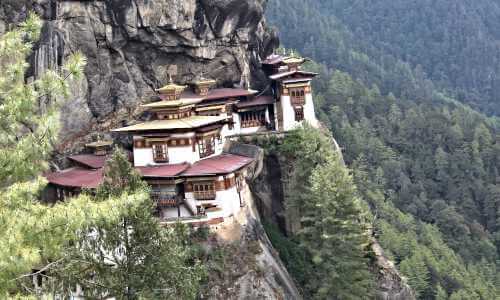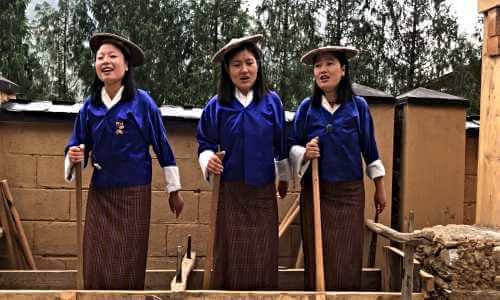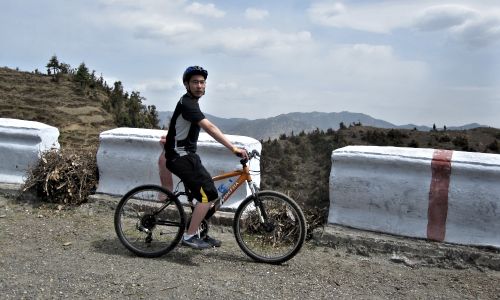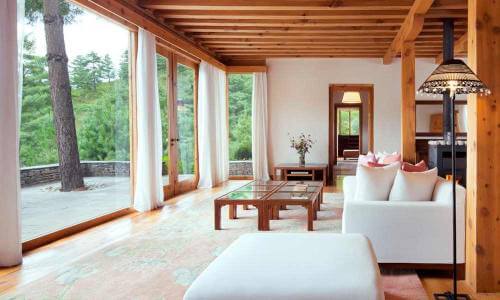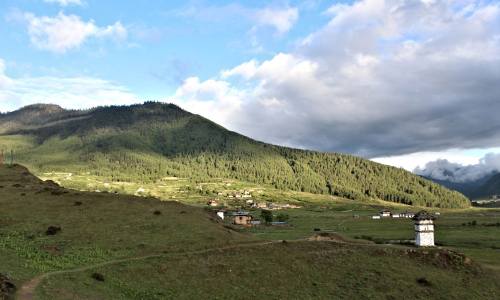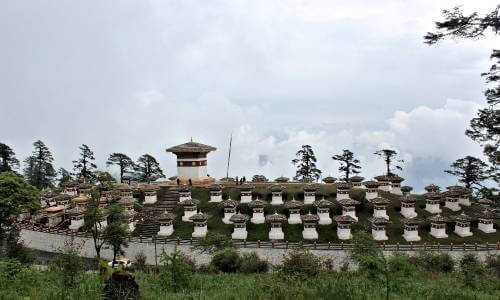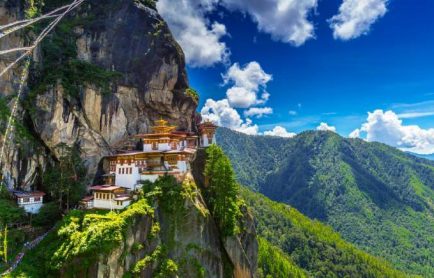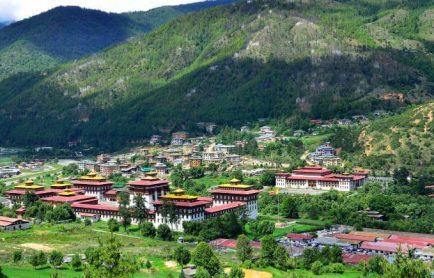Folk Music & Dance of Bhutan
Set in the foothills of Eastern Himalayas, Bhutan is a kingdom soaked in rich culture and traditions. These age-old vibrant traditions and customs are the common threads that bind the people together. And among the most vivid expressions of the country’s unique culture, folk music and dances in Bhutan make for an inseparable part. It is only through them that they have still kept alive their great Buddhist leaders, saints and their legendary stories and been successful in drawing people for culture tourism in Bhutan.
Cham Dance in Bhutan
The most popular dance synonymous to Bhutan is by far, the famous “Cham” or the “Masked Dance”. Its origins can be traced back to the 8th century, when the great Buddhist Guru Padmasambhava performed it using various tantric mudras to banish the evil spirits. Further, many treasure revealers and saints like Pema Lingpa and Zhabdrung Ngawang Namgyel, introduced their own styles around the 14th and 15th centuries. Today, these dances are considered highly sacred and performed majorly by the monks and lamas during the annual festivities called Tshechus.
Dressed in colourful costumes, representing Buddhist gods, goddesses and deities, enacting different stories from mythology, these dances provide for an enchanting spectacle, leaving every visitor dumbfounded. Having said so, Cham Dances further have varied unique styles and forms depending on the occasion they are being performed on, the sect of the monastery, the region of the monastery and the monastery’s traditions. But, what remains common among all these Cham dance ceremonies are the welcome dance and the farewell dance, called ‘Joenpa Legso’ and ‘Tashi Tashi’ respectively. Some of the Cham Dances in Bhutan are:
Drametse Nga Cham
Drametse Ngacham translates to “mask dance of the drums from Drametse”. Drametse is also the name of a small village in Eastern Bhutan where this folk dance is performed. The dancers perform Drametse Nga Cham wearing masks and drums are played alongside.
Pa Cham
This form of Cham dance is performed in several Tshechus in Bhutan. Dancers, Powas (meaning heroes) and Pams (meaning heroines) wear colourful silk robes and a fancy crown on their heads while carrying a small cylindrical hand drum while performing Pa Cham.
Folk Music in Bhutan
Bhutan like its rich folk dance heritage, has rich folk music culture, a piece of which can be witnessed during the Tshechus in the country. Accompanying all the song and dance performances are some traditional musical instruments like pewang (fiddle), drangyen (lute), lim (flute), yangchin (hammered dulcimer), drums and cymbals, each of which has an interesting mythological belief of keeping away the evil spirits.
Zhungdra
Besides the dances, folk songs and music too plays an integral part of the Bhutanese culture; ‘Zhungdra’ is the oldest and most popular style of a traditional folk art in the country, which involves singing to complex and extended vocal tones.
Boedra
‘Boedra’ is yet another staple of the Bhutanese folk repertoire. Slightly easier than Zhungdra, it is sung during the religious ceremonies and tshechus. Both styles can be dance-oriented accompanied with traditional instruments like chiwang (fiddle) and dramyin (flute).
Other Folk Music in Bhutan
Some other highly significant genres of folk music in this great Himalayan country include the ‘Tsangmo’ – sung in the form of couplets and ‘Lozey’ – narration of stories and sarcasms.
